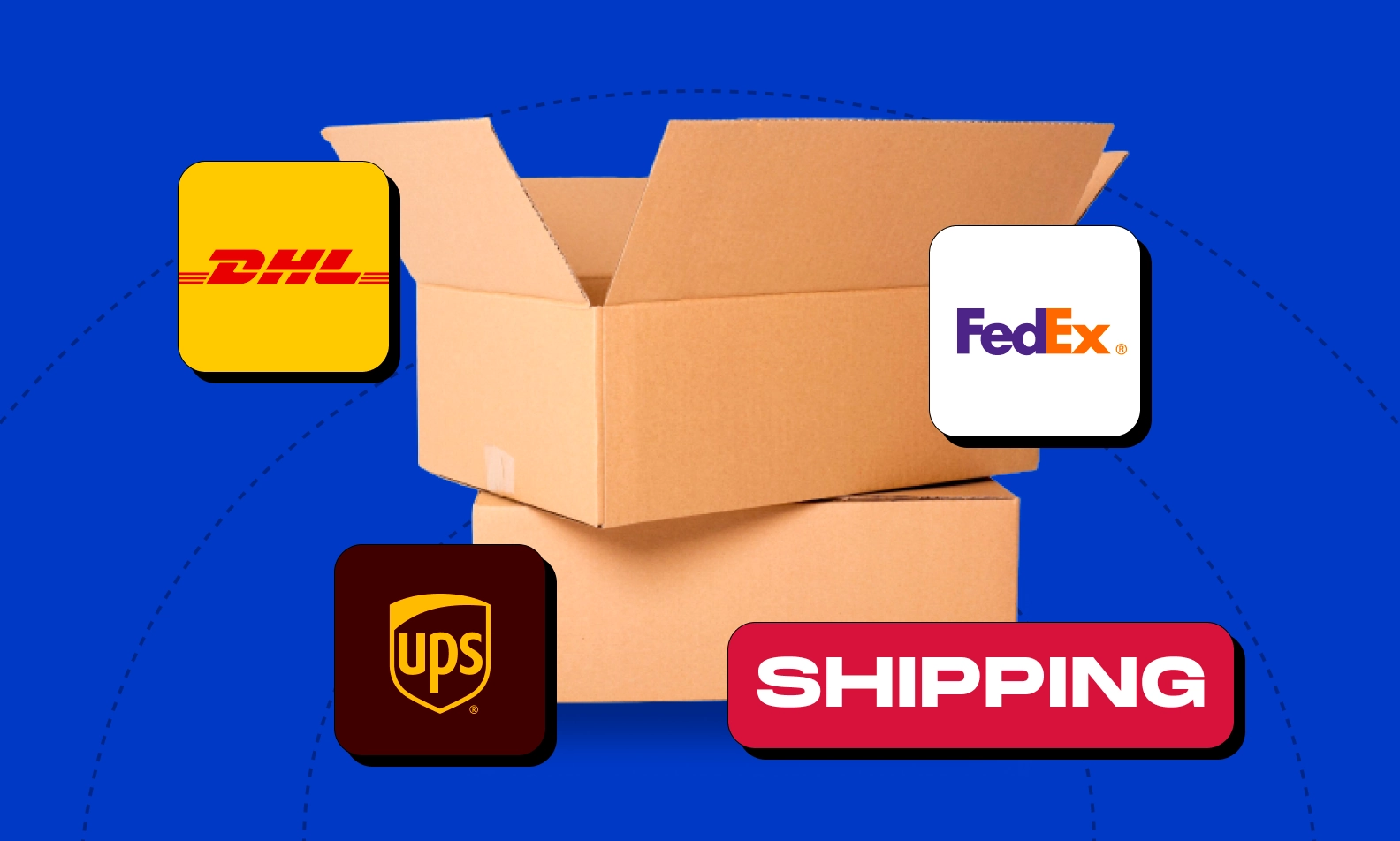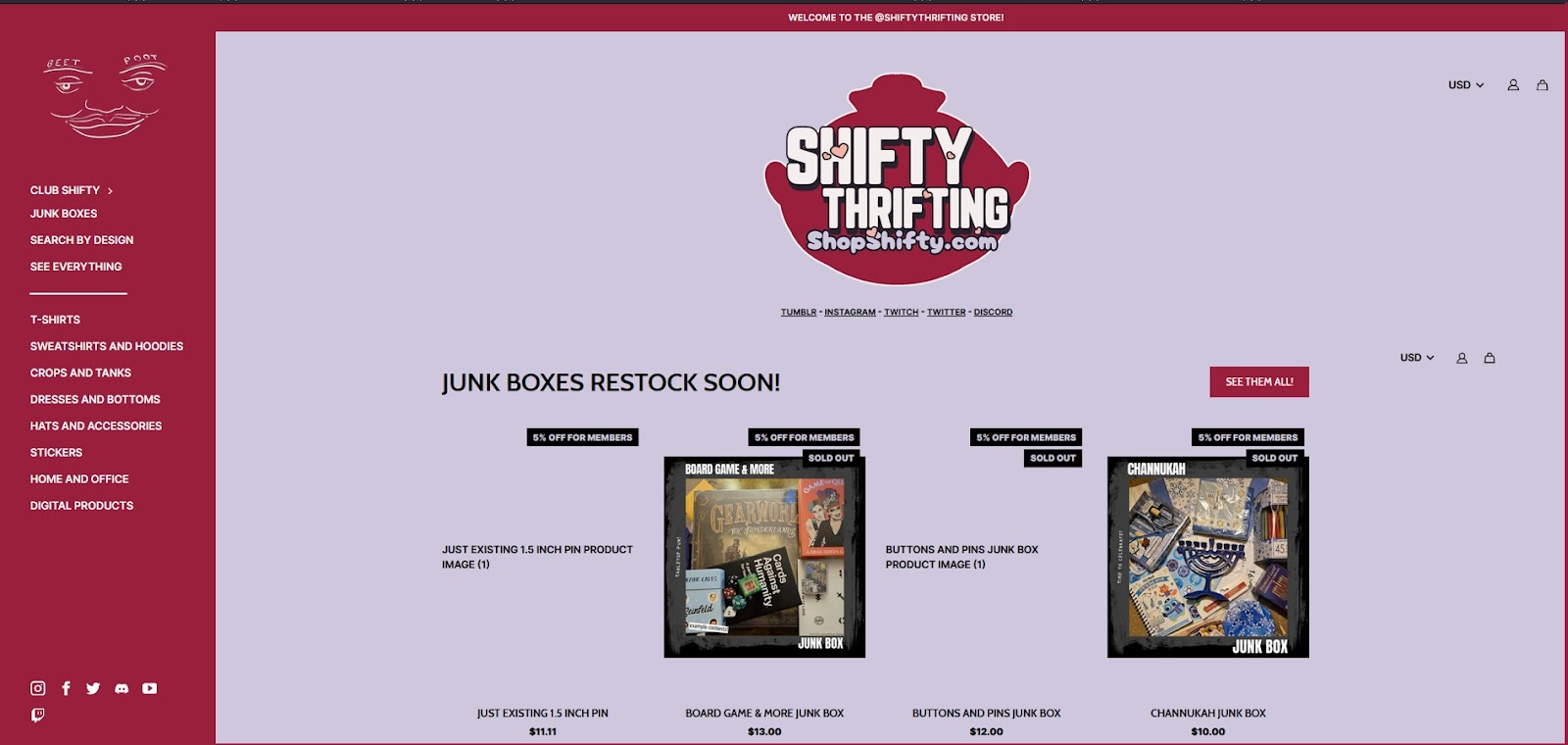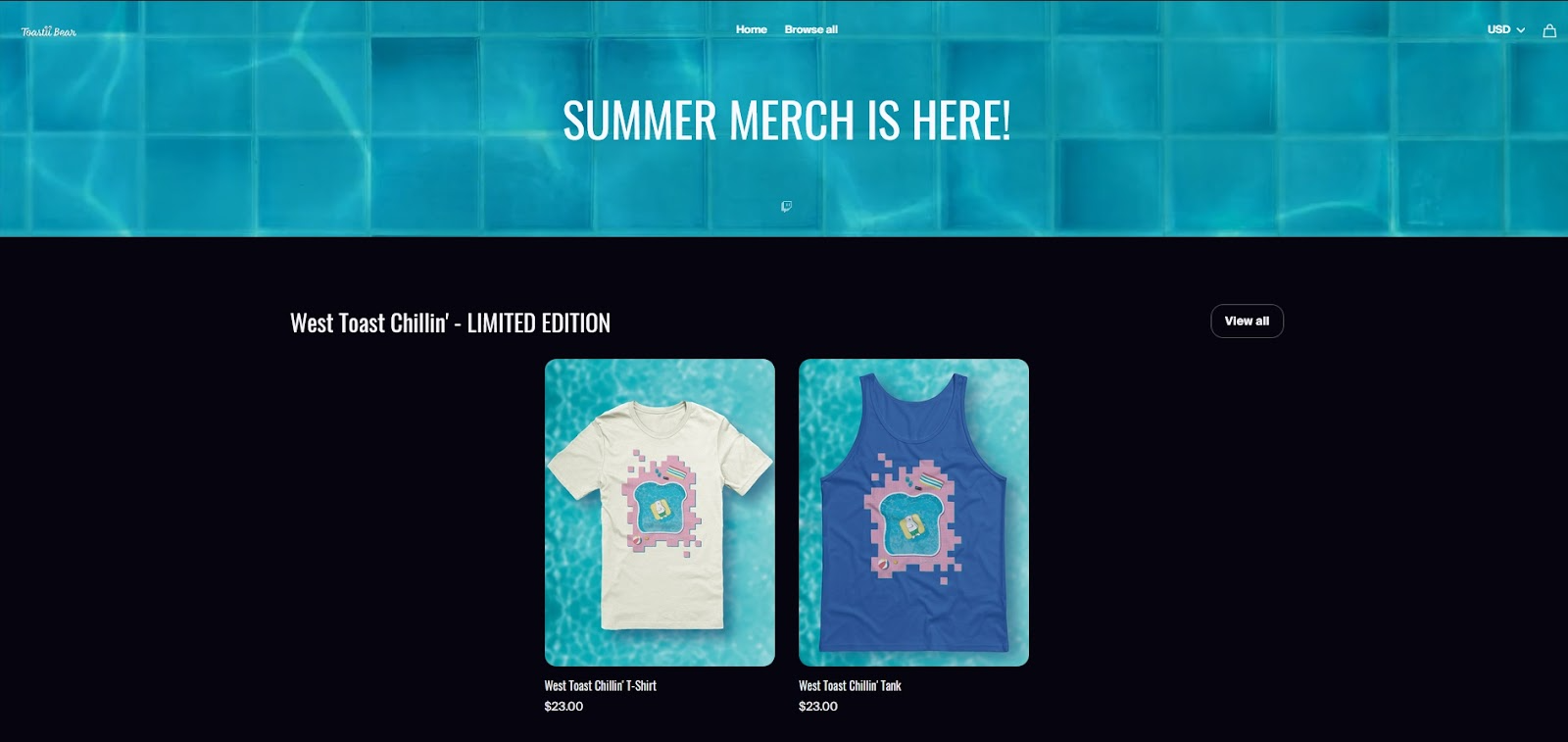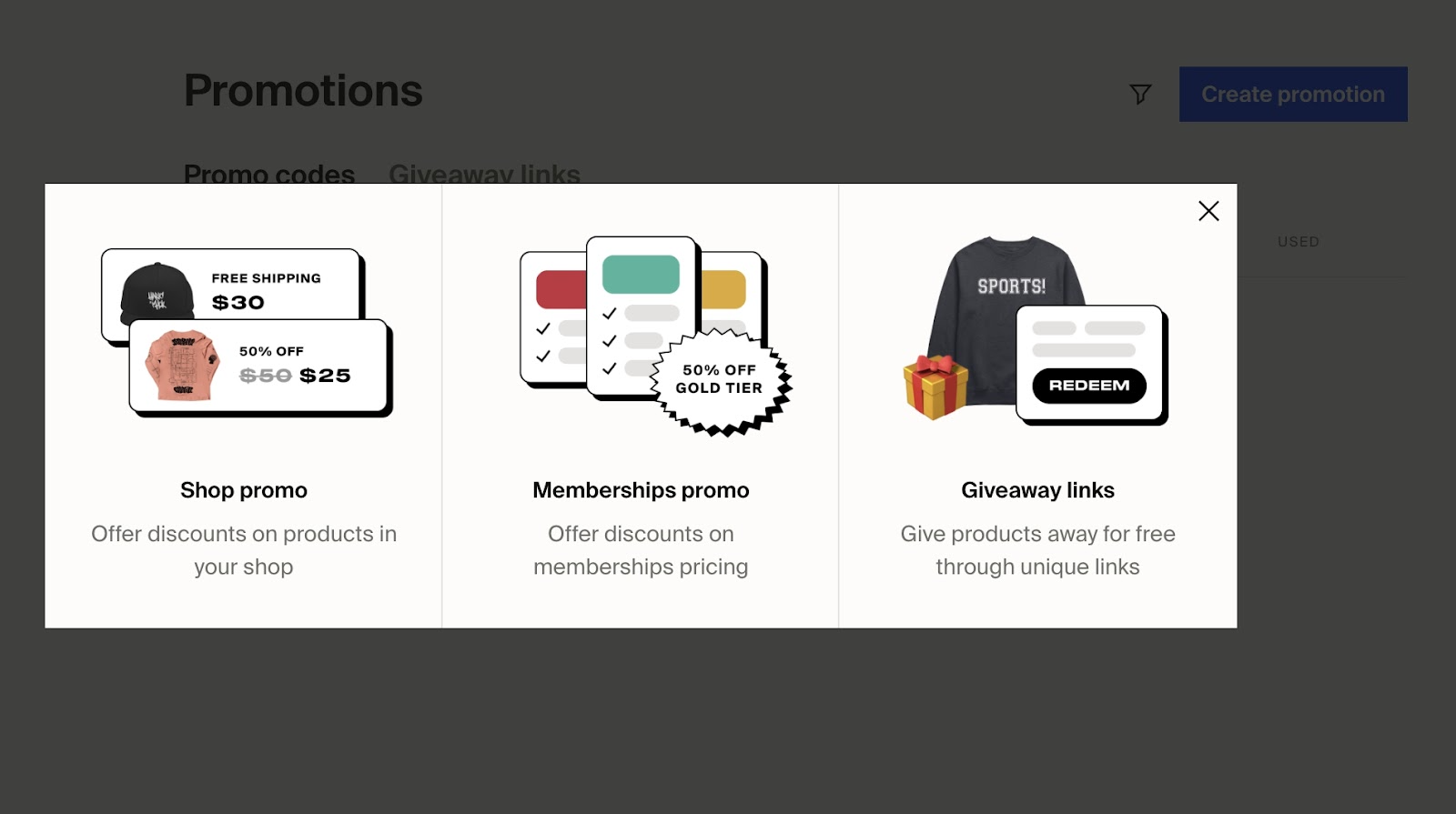Streamline Your Ecommerce Shipping to Deliver Success

While it might sound a little dramatic, the efficiency of shipping processes really can make or break an online ecommerce business. Streamlining your store's shipping is not just about getting products from point A to point B; it's how smooth and worry-free that process is for your customers. Ecommerce shipping is a critical factor that significantly influences customer satisfaction, retention, and your overall success.
Let's transport to all things shipping, from the different types of ecommerce fulfillment services, shipping solutions, shipping services, international shipping concerns, and shipping prices to the best ways to get your products to cruise through the shipping process.
What Is Ecommerce Shipping?
Ecommerce shipping refers to the process of handling, packaging, and delivering purchased products to your customers. It encompasses several stages, including order fulfillment, inventory management, balancing shipping costs with profit, and choosing appropriate shipping methods, from the shipping labels to your shipping company. Understanding how ecommerce shipping works is important for content creators and ecommerce businesses aiming to build a solid foundation for their brand, merch, and store.
Types of Ecommerce Shipping Models
Dropshipping
Dropshipping is a model where the retailer doesn't keep the products in stock; you won't purchase any products or place them into any type of inventory or storage. Instead, your ecommerce business will partner with a supplier who ships products directly to the customer. With dropshipping, you're essentially the middleman between your customer and the supplier; you choose and promote the products to your customers, and your dropshipping supplier takes care of fulfillment: the inventory and shipping logistics, shipping labels, and delivery of the products.
Pros and Cons: This shipping solution eliminates the need for inventory management, and your dropshipping catalog can consist of a huge range of products and product types. However, dropshipping may lead to longer shipping times and possibly higher shipping costs, depending on where your products are originating from.
It may also be difficult to do quality control depending on what type and how many products you have, since you're not generally seeing the products in-person unless you order samples. For these reasons, you should be careful when selecting your dropshipping supplier.
Self-Fulfillment
With a self-fulfillment service model, ecommerce businesses manage their own fulfillment process. There's a lot involved with this method - you'll generate and store your inventory; acquire and brand your packing boxes; and decide what type(s) of packing materials/padding to use.
You'll also be the person packaging your orders and making sure they're correct; considering shipping insurance; creating packing slips and shipping labels; choosing your domestic and international shipping services; making regular trips to your shipping company of choice to drop off the packages; and then tracking the packages to their destination to make sure they've arrived safely to your customers.
Pros and Cons: This type of ecommerce shipping is the one that puts more responsibility on the content creator or business owner. The tasks of order fulfillment, packing, and shipping are time-consuming, and can grow to be even more so as your business evolves; packing alone can be a mega-task, depending on how fragile your items are. Tracking can also be a challenge, as external factors can interfere with the arrival of your customers' packages.
However, self-fulfillment can also save you some shipping cost funds when your store is just getting started and has smaller amounts of orders, and you can ensure that your shipments are being packed exactly as you want them to be.

Third-party Fulfillment
Third-party order fulfillment involves keeping your own inventory, but outsourcing the shipping of said inventory through a specialized shipping services provider, called a third-party logistics provider or 3PL. The way a third-party fulfillment service works is that you'll either craft or purchase your products in bulk.
You'll ship these products to your 3PL's shipping warehouse, and then list them in your online store. When a customer places an order from your ecommerce store, you'll contact your 3PL to process the order, and then 3PL will create the packing slips and ship the item(s) to your customer.
Fourthwall offers its own fulfillment services through their 3PL partners for products you’ve sourced yourself; you can easily set up these services through Fourthwall to get even more products to your customers!
Pros and Cons: Third-party fulfillment is a good shipping solution if you don't have the space for your inventory, but want to keep either completed handmade products or your selections of manufacturer-made products under your own inventory. Third-party fulfillment can enhance efficiency and scalability, and is good for businesses who are confident that their items will sell at a reasonable rate. This method does require quite a sizeable financial (and time, if you're crafting) investment, so be careful in your selection of your fulfillment and shipping services partner.
Print on Demand
Print on Demand (POD) applies to items that are only produced upon each individual order. This order fulfillment method involves you designing products, and your POD partner company printing and shipping the products to your customers on your behalf.
There's no upfront investment, no need to store stock, nor any wasted or unsold stock; you don't have to deal directly with shipping services; and you can start designing and selling immediately, as well as experimenting with designs without penalty.
Pros and Cons: You can create a multitude of designs to stock in your ecommerce store, and even repurpose the same design on different products, giving your store a wide selection of stock and many opportunities to reinforce your branding.
Some of your turnaround/shipping times may be a little longer, as each item is only made when it's ordered; but POD companies include all expenses (printing/producing, packaging, shipping costs) in the price of each item, making it easier to price your products and figure out your profit margins.

Fourthwall is an excellent choice for Print on Demand products; not only do they offer a huge range of customizable products to choose from, but after your products are designed, the rest of the product fulfillment is safely in Fourthwall's capable hands, from production and packaging to delivery, tracking, and returns.
How to Ship Products to Your Customers
Package Safely
Proper packaging protects products during transit, reducing the risk of damage, especially if you're doing international shipping, which generally takes longer. Use sturdy materials suitable to the type of product you're shipping, and consider the nature of the product to ensure it reaches the customer in pristine condition.
Label Clearly
Clear and accurate labeling expedites the shipping process. Ensure that labels include all necessary information and comply with shipping carrier requirements, whether for domestic or international shipping.
Choose Your Carrier
Selecting the right shipping carrier depends on factors like location, speed, shipping costs, and reliability. Research carrier options and negotiate rates to find the best shipping service for your business. You may choose to use separate shipping services for domestic and international shipping.
Prioritize Efficiency
Automation streamlines the shipping process, reducing errors and saving time. Use automation tools for order processing, tracking, and inventory management. Implement tracking systems and have contingency plans in place to address delays or lost packages promptly.
Communicate Well
Be prepared to address potential challenges such as delays, damaged goods, or lost packages, establishing communication channels with your domestic and international shipping carriers to resolve issues promptly. In the meantime, make sure you're providing transparent and timely shipping information to customers, who should already have options like order tracking available to them to reinforce trust in your store.
Considerations to Calculate Ecommerce Shipping Rates
Choosing the right order fulfillment service and shipping solution for your particular needs is an important factor in balancing revenue and profit with customer satisfaction and retention. There are several factors to keep in mind when making these decisions, all of which should combine in a way that makes order fulfillment a smooth and professional process both on your side and for your customers. And it's not always as simple as a USPS, FedEx, UPS, or DHL transaction; very large orders, international orders, or recurring shipments may require separate shipping services.
Product Metrics
Weight and dimensions are two of the main factors impacting shipping costs. Pack carefully so as not to add more weight to your shipment than is necessary to keep your products safe in transit, and accurately calculate these metrics to determine appropriate shipping rates.
Shipping Distance
Shipping distance influences both cost and delivery time; keep both regional and international shipping factors in mind to make sure you're setting competitive and fair rates. If you're doing your own shipping, research and understand international shipping regulations and customs documentation, and work with carriers experienced in navigating international customs procedures. (You can opt to only ship within your own country/region, but keep in mind you'll be limiting your customer base if you do so.)
Shipping Speed
Different customers may have varying preferences for shipping speed; if you have the options available to you, you might want to offer various shipping options to cater to diverse customer needs. Some customers may be fine with a wider delivery window or a simple flat rate shipping solution, while others might wish to pay extra to get their package expedited. (Also, make sure keep even more of an eye on shipping speeds during the Christmas holiday season!)
Fee Awareness
Be aware of additional fees on top of postage, such as packaging and handling charges or customs fees for international shipping, and factor these fees into your overall shipping costs. Most common ecommerce shipping services, like ShipStation, ShipRush, ShipHero, ShipBob, and Shippo will also charge additional monthly fees for your shipping needs.
Stay Competitive
Analyze the shipping prices offered by competitors to remain competitive in the ecommerce business market. Adjust your rates accordingly to attract customers while maintaining profitability. To offer competitive rates, negotiate with shipping carriers, optimize packaging for cost-effectiveness, think about ways to combine shipping and promotional opportunities, and consider incorporating shipping costs into product pricing.

Business Goals
Align your shipping rates, shipping company selections, and shipping methods with your business goals and profit margins. Aim to strike a balance between offering competitive rates and good service to build your customer base, and finding ways to ensure the financial sustainability of your ecommerce business.
Simplify Shipping, Simplify Success with FourthWall
Learning how to manage your ecommerce shipping can be a challenge, but Fourthwall is definitely one solid solution. Open your ecommerce store on Fourthwall and design your own line of merch - and Fourthwall will produce your products, handle your inventory management and storage, pack and ship the orders for your customers, deal with returns, and more.
Get started now with Fourthwall! They let you focus on your business, while leaving the logistics to the experts - handle all of your ecommerce orders with care through Fourthwall!
















